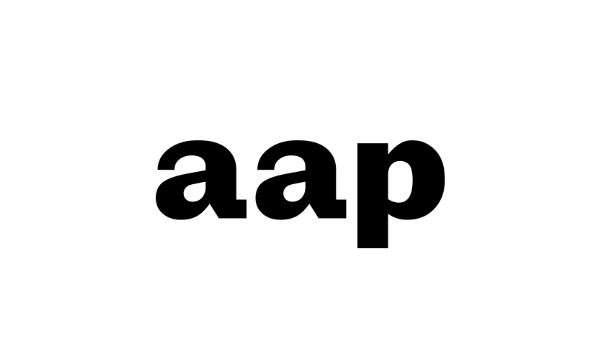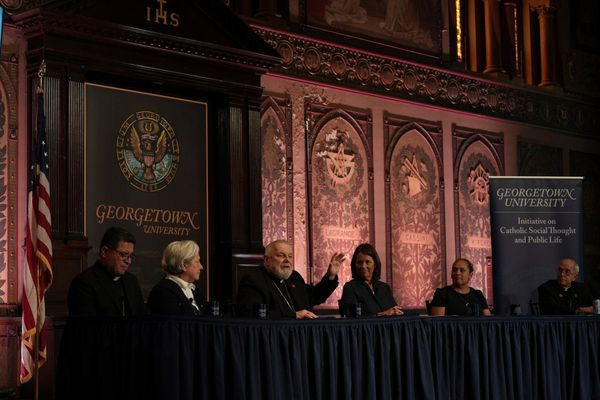Prime Minister Mark Carney is headed to Washington, D.C., for a high-stakes meeting with Donald Trump as the American president continues his trade war and annexation threats against Canada.
“We are meeting as heads of our government,” Carney said at a news conference late last week. “I am not pretending those discussions will be easy.”
The White House visit comes just a week after Carney led the Liberals to their fourth consecutive election victory.
It was a result that, at first blush, allowed each party to claim that it won, or at least that it did not totally lose. That sets up a Parliamentary session that will feature several interesting dynamics.
The Conservatives under Pierre Poilievre won several more seats than in 2021 and their highest share of the national vote in decades, though Poilievre himself lost his seat.
Read more: Canada's Conservatives, with an assist from Donald Trump, are down — but they're far from out
The NDP under an outgoing Jagmeet Singh managed to hold onto the balance of power in the upcoming minority Parliament for a third consecutive time. Elizabeth May continues to represent the Green Party in the House of Commons. Yves-François Blanchet kept the Bloc Québécois relevant for voters in Québec.
Even Justin Trudeau, no longer in politics, won — his legacy is not in the gutter due to a predicted Conservative majority win that never materialized once Carney replaced him.
But in the coming weeks and months, the leaders and their parties face difficult circumstances that could turn them into losers — most importantly, how Carney manages the relationship with Trump.
The role of Trump
Carney and the Liberals capitalized on exceptional
circumstances driven by Donald Trump’s trade war and threats to make Canada the 51st state. Winning four consecutive elections is a rare feat for any political party in Canada.
But Carney cannot count on fortune continuing to smile upon him. He must now manage a party within which he has little history and few favours to call in — a party that he has dragged from centre-left under Trudeau to centre-right.
The new prime minister will have to rely on aides and advisers to a much greater extent than all former office-holders who had years or decades of experience in the political area, including the House of Commons. At the same time, he will have to demonstrate to Canadians that he is in charge and makes the final decisions.
Invariably, there will be Liberal missteps in the weeks ahead: ethical lapses for some MPs, ministerial appointments that go awry and disappointment among those not appointed to cabinet. Because Carney has been prime minister for less than two months, the upcoming Speech from the Throne on May 27 — to be delivered by King Charles — that sets the government’s goals is shrouded in mystery.
Beyond Ottawa, premiers from several different political parties — each with their own agenda — await Carney. South of the border, the unpredictable Trump, with his infuriating rhetoric and disruptive actions, is in office for another three-and-half-years.
As a newcomer to politics elected on his first attempt to the country’s highest political office, Carney could have at least have one topic of conversation in common with Trump when they meet on Tuesday. Trump too was a political outsider who catapulted into office on his first attempt. The two may find some bond in their shared experience.
The greatest danger for Carney is not from Trump’s rhetoric but from broader economic conditions. He ran for office on the promise of being able to manage economic turmoil. But politicians of any stripe have little control in a global economic slump or an all-out tariff war. If unemployment, inflation or the cost-of-living tick upward, Carney will quickly lose his lustre among many Canadians.
The new Parliament
For the Conservatives, Poilievre’s leadership will continue to weigh on the party in the weeks and months ahead. Losing his Ottawa seat weakens his claim to stay on as leader. He now needs to win a byelection in Alberta triggered by the resignation of Conservative MP Damien Kurek.
The worst outcome for the party is years of infighting between those who support giving Poilievre one more chance and those who believe that 2025 is the best the party can do under his leadership.
The best outcome is for Poilievre to become a bridge-builder within the party and to Conservatives across Canada, and to rebrand himself to be more palatable to Canadian voters. This will not be easy and he hasn’t shown much inclination to do so.
The NDP’s Singh has already announced his resignation and accepted responsibility for the party electing only seven MPs. A period of soul-searching leading to a leadership contest has already started. The loss of seats, and returning to Ottawa with an interim leader, lessens the voice of the party in political discourse. If a new leader is elected who is not an MP, the party will be further hampered.
The Greens remain in the House of Commons, but as a party of one. The jury continues is out on whether the party can exist without its leader, Elizabeth May, who has said she wouldn’t rule out joining Carney’s cabinet.
Blanchet returns to Ottawa with fewer Bloc MPs and a murky mission. He had hoped that the Bloc would hold the balance of power once the votes were counted, but was foiled by the NDP. He has already faced criticism from his own supporters when he promised to collaborate with other parties in Ottawa to secure Canada’s economic future.
Beginning with Carney’s handling of Trump this week, how skilfully each party, and leader, performs its distinct high-wire act in the next few months will determine the ultimate winners and losers. The show is about to begin.
Thomas Klassen does not work for, consult, own shares in or receive funding from any company or organisation that would benefit from this article, and has disclosed no relevant affiliations beyond their academic appointment.
This article was originally published on The Conversation. Read the original article.







